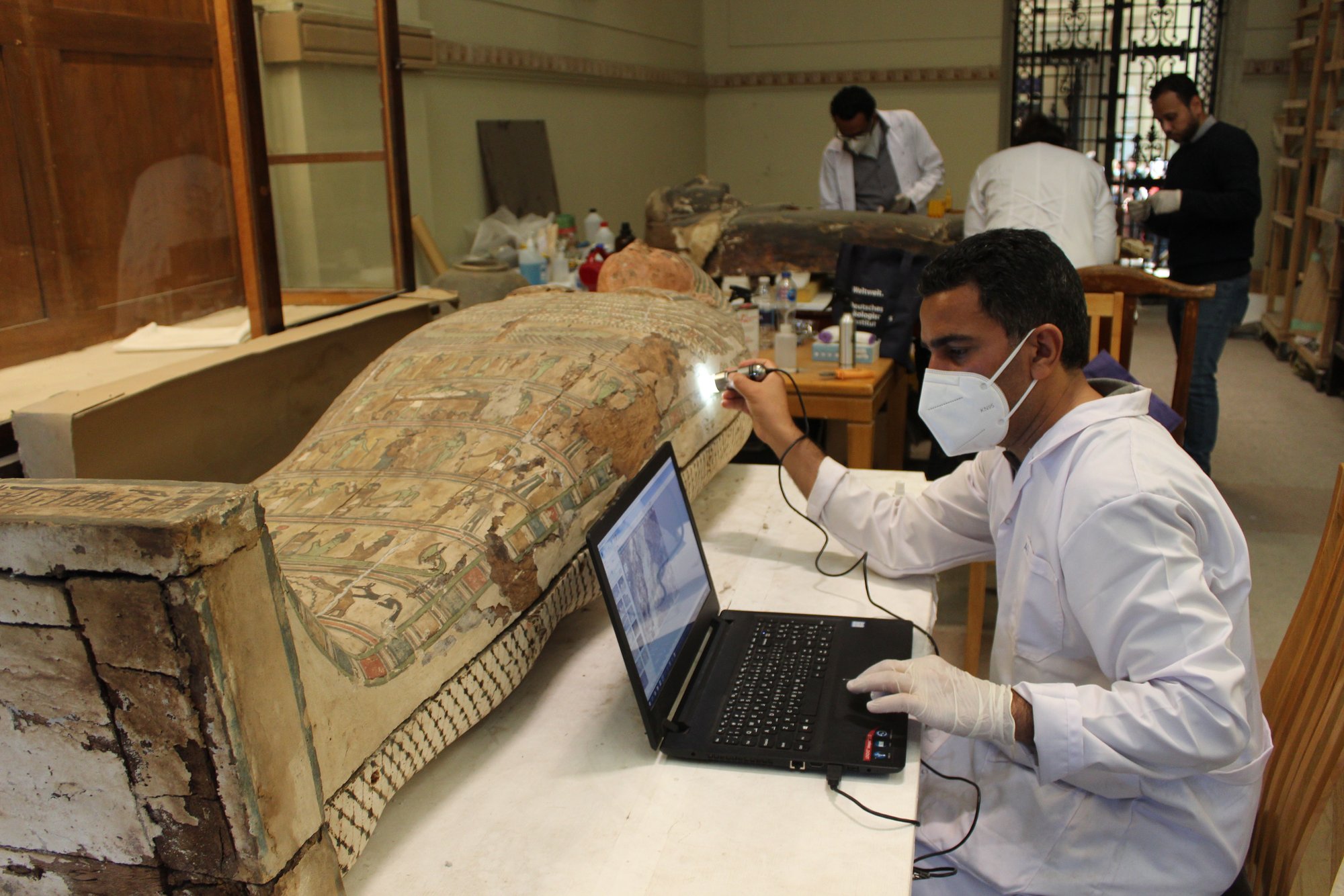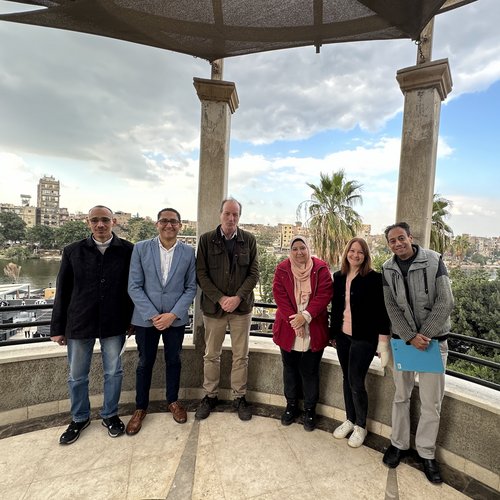Overview
The Egyptian Museum Cairo (Tahrir) houses an important group of coffins from the necropolis of el-Hibe in Middle Egypt. They were excavated by Evaristo Breccia for the Società Italiana per la ricerca dei papiri greci e latini in Egitto in 1935, and are presently kept in the museum’s galleries and basement. Some of the coffins are in urgent need of conservation treatment.
The study of these coffins in a combined innovative approach from the disciplines of Egyptology and Conservation Science will provide important insights into an as of yet little studied corpus of Late Period coffins. Through scientific analyses, questions concerning the material, construction, and polychromy of the coffins will be addressed. The study of the texts and iconography of these funerary objects will help to understand not only the functions and technology of the coffins, but also provide evidence for the reconstruction of funerary and religious practices in the Late Period.
This approach is in accordance with one main focus of the DAI Cairo research plan “Kommunikation im sakralen Raum”, by analysing the coffin as an important medium for funerary texts and images enabling the rebirth and protection of the deceased in the afterlife, thus serving as a transformative sacred space in and of itself. Evidence for ritual acts on the coffin (e. g. resin residues) may point to funerary rituals and thus hint at the communication of the (living) community within the sacred space of the tomb/necropolis.
The eight coffins in the Egyptian Museum Cairo will be compared to coffins from the same excavation in the vast collection of the Museo Archeologico Nazionale in Florence, which were studied on-site in 2017. Through comparison of the el-Hibe coffins with the Late Period coffins from secondary burials in the tomb of Ninetjer at Saqqara , the project will address questions of local and regional coffin production such as the selection and distribution of texts and motifs in workshops in the Memphite area as well as in Middle Egypt.
Team


